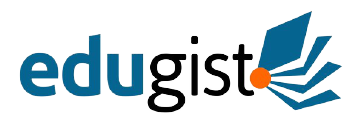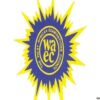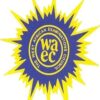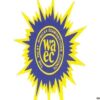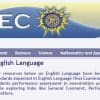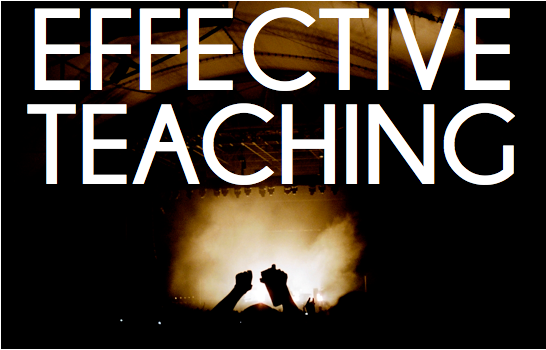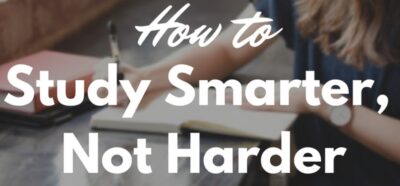In this century, students ought to be granted the opportunity to learn in a flexible environment. Adopting flexible techniques for teaching and learning will enable you to produce effective learners. The following are some effective techniques by which teachers can engage their students and make the most of the time with them.
Provide multiple means of engagement.
Students vary in how they can be connected or stimulated to comprehend what is being taught. These individual differences are influenced by different sources or factors, namely, neurology, culture, personal relevance, background knowledge, and so on. While some students are quickly and effectively engaged by the introduction of novel ideas or concepts, others are frightened and disengaged by such a technique. The latter category of students would prefer normal techniques of teaching and learning. Similarly, some students would prefer working alone but others possess a great preference for group studies or work. All these go to show that there is no single universal pattern for engaging learners in every context. Many factors affect the way learners are engaged to learn.
Provide options for recruiting interest.
When information in the classroom does not capture or engage the attention and cognition of students, that piece of information is said to be inaccessible. It is unnoticed and it cannot be processed. So, how does a teacher recruit the attention of his/her students? Again, students significantly differ in terms of the kinds of things that attract their attention or fascinate them. So, the teacher has a huge responsibility to discover what captures the attention of his students. However, even when this is known, you should bear in mind that the interests of people change with time. Circumstances and other factors (age, environment, new knowledge, new skills, etc.) can also make the interests of learners change over time. For instance, the kind of activities that captured the attention of a pupil at the primary school will usually differ from what will attract his/her attention at a higher level when they become adolescents or adults. It is, therefore vital to develop alternative ways of recruiting the interests of your students at the different stages of their development.
Vary examination techniques and provide alternative strategies to demonstrate their proficiency.
In order to meet the different needs of your students, you must understand the relevance of varying your assessment techniques and providing alternative strategies for the expression of knowledge. To illustrate this point, when you use multiple-choice technique to test students’ proficiency in an area, you will only ascertain this in an area but not all. For instance, it will not show their level of reasoning that made them choose an answer to a question. Further, always asking students to make class presentations will not help you to ascertain the knowledge of students with fright or anxiety disorder. Their inability to stand before a class does not imply that they lack the knowledge of whatever it is they are expected to present. They may perform better if told to present before a small group or directly to the teacher.
Permit your students to choose how to tackle an academic task.
Students perform well depending on how they are permitted to approach or tackle a given task. This is in relation to whether they are kinesthetic, visual, audio or verbal learners. For instance, while some students may prefer to express their thoughts in writing, others would prefer drawing or music. So, when assessing students, you may permit them to choose the means by which they wish to provide solutions to a question. Let them have the options of oral presentation, musical performance, essay writing, games, artistic work, and so on. Rather than writing an essay, a student may make a short video or poster to illustrate an idea. This should be permitted as long as it achieves the objectives of the lesson. One of the advantages of this is that it enables the student to think outside the box.
Make assessments or examinations opportunities for learning.
Maximise the gains of formative assessments. Unlike the summative assessment done at the end of the term or session, formative assessment provides room for feedback from the teacher. After each continuous assessment, for example, the teacher can assist the learners with problematic areas of a subject. This becomes a way of learning since corrections are made and notes for possible improvements are taken.
Also Read: How to learn anything fast and remember it
